“Check Emission System” Light On In Your Honda/Acura?
Is your Honda or Acura displaying a “Check Emission System” light in your dash? Don’t stress just yet at this relatively common message. This warning can indicate a variety of issues, ranging from minor to more serious.
Continue reading to learn the most common causes of the light, how to troubleshoot, and whether you can continue driving until the issue is fixed.
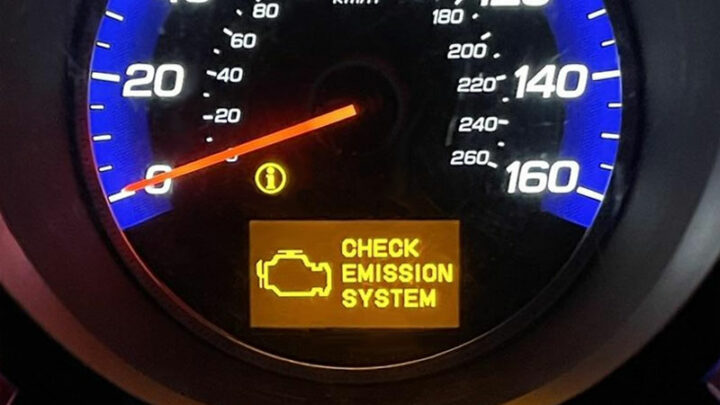
What the “Check Emission System” Warning Light Means
Honda, along with sister-company Acura, have both utilized a specialty in-dash prompt that notifies drivers of an emissions system fault when illuminated. This prompt typically reads “Check Emission System”, or something of the like.
The prompt in question signifies that the affected vehicle’s engine control module has logged an active diagnostic fault code, with emissions-related ramifications.
Every modern (1996 and newer) automobile possesses the ability to log fault codes, as irregular or questionable operating conditions arise. However, most manufacturers have designed their vehicles to simply illuminate their in-dash “check engine” light when this occurs.
In a break from this tradition, the operating modules on many popular Honda/Acura models, such as the Civic, Pilot, and TSX, are programmed to differentiate between emissions-related and non-emissions-related faults.
The potential causes of an illuminated “Check Emissions System” light can be numerous. A light of this nature can be triggered by something as simple as a loose/defective gas cap or can be a sign of something more complicated, such as a clogged catalytic converter, or a cylinder-specific misfire.
Most Common Causes
A “Check Emission System” light can be caused by a number of different underlying issues. Those who are familiar with these potential causes will have a better chance of quickly identifying the root cause and resolving the problem.
#1 – EVAP Failures

One of the most common causes of a persistent “Check Emission System” light is an underlying EVAP system fault. Such faults can be caused by damaged EVAP lines, inoperable purge valves, or even a compromised EVAP canister.
However, the most common source of EVAP faults is a faulty gas cap.
#2 – Misfires
Another extremely common cause of an Emission System Light in vehicles of a Honda/Acura make is a defined misfire. A misfire can be caused by one of several different issues, problems with a vehicle’s ignition system, as well as fuel injector failure.
#3 – Downstream (Exhaust) Issues
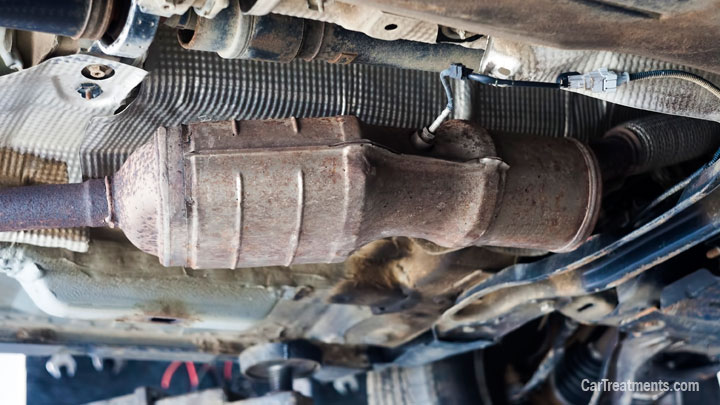
Many “Check Emission System” lights originate with problems confined to a vehicle’s exhaust system. These issues most commonly include a failed or restricted catalytic converter and O2 sensor-related failures.
Any issue of this type has a direct bearing on a vehicle’s emissions compliance.
Other Possible Causes
There are also several additional potential causes of a “Check Emission System” light that are worth mentioning. Though these issues do not tend to be as prevalent as those mentioned above, they have, at times, proven to be the root cause of such hardships.
- Compromised vacuum hoses
- Failed or stuck EGR valve
- Poor connector contact at various sensors
- Damaged wiring
- Faulty MAF sensor
- Clogged air filter
- Worn internal engine components
Can Aftermarket Mods Cause a Check Emission System Warning?
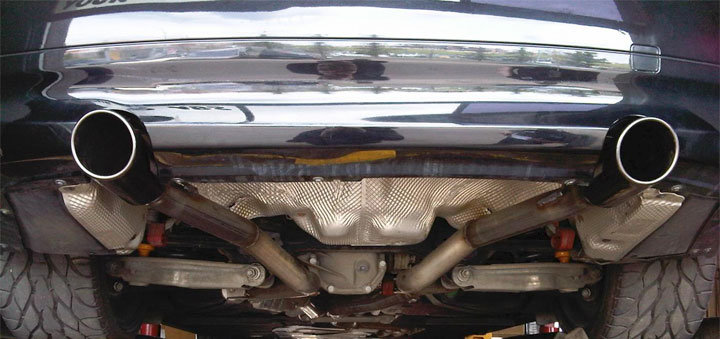
It is indeed possible, and quite common for the implementation of aftermarket mods to cause the illumination of the “Check Emission Light” on many popular Honda or Acura models, such as the Odyssey or RDX. This stems from the variances in feedback recorded by a number of critical sensors that can result from the installation of non-OEM equipment.
Some of the most common mods that have the potential to trigger this light are those that pertain to the installation of aftermarket exhaust, cold-air intakes, and EGR-delete kits.
Why Does the Light Come On and Off?
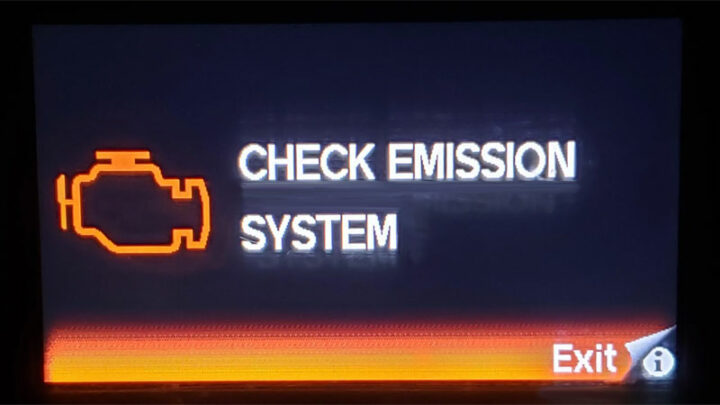
If a vehicle’s “Check Emission System” light comes on and off, it is likely that the issue in question is at least somewhat intermittent in nature. Simply put, the diagnostic fault that is triggering the illumination of this light is only active at certain times, or under certain conditions.
Intermittent issues are some of the toughest to diagnose so it’s important to keep track of the conditions the light appears and disappears under. Unless you want to spend a LOT of time tracking down the root “intermittent” cause, it’s often best to get professional help in this case.
Is It Safe to Continue Driving?
Yes, in many cases, it is safe to continue driving a vehicle with an illuminated “Check Emission System” light. Though continued driving should be kept to a bare minimum until the source of the underlying issue is identified.
If driveability-related issues become evident, the affected vehicle should be parked, until repairs can be made.
In any event, the root cause of a vehicle’s emissions light should be thoroughly diagnosed and repaired at the first available opportunity. Doing so will ensure that symptoms do not worsen with time, and will prevent you from finding yourself unnecessarily stranded along the side of the road.
Consequences of Ignoring the Warning Light

There are a number of consequences that one might face, were they to continue driving their vehicle, completely ignoring its check emission system light. However, the exact consequences faced are largely dependent upon the root cause of the warning light in question.
On the relatively minor end of the spectrum, you may incur higher costs at the gas station, due to higher than normal fuel consumption, if you continue to drive with a faulty O2 sensor.
On the other side of the coin, continuing to drive in light of a consistent misfire, can lead to downstream distribution of unburnt fuel, thereby causing catalytic converter failure, and necessitating exorbitant repair fees.
Diagnosis and Repair
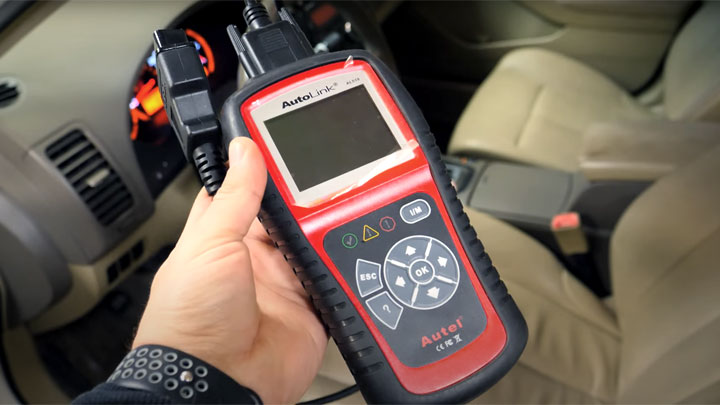
The diagnosis and repair of a vehicle’s “Check Emissions System” light typically begins with the use of an OBDII scan tool. This device will allow you to view any active fault codes that might be causing the above-mentioned emissions system issues.
In most cases, you will also be able to view freeze frame data corresponding to each fault, thereby providing you with a broader picture of what has occurred.
Once you’ve isolated the offending fault in question, you will need to follow factory-specific service literature for your particular make and model of vehicle, to fix the issue at hand.
Literature of this type will provide basic specifications for the testing of various sensors, and “trouble-trees” that can be followed to pinpoint the issue at hand.
How to Reset the “Check Emission System” Light
Technically, a “Check Emission System” light can be reset in one of two ways. The first revolves around resetting the offending fault codes that have led to the illumination of this light, with an OBD-II scan tool.
The second possible method for resetting a light of this nature involves disconnecting a vehicle’s negative battery cable and leaving it disconnected for at least 5 minutes, before reconnecting it and checking to see if all faults have been cleared.
However, it is worth mentioning that this is not a long-term solution, and the offending light in question is likely to return if the actual root cause of the fault has not been diagnosed and repaired.
